Achieve Healthier Yields with Why Are Earthworms Disappearing from Your Fields?
(And How to Get Them Back)Trelfey’s Specialized Fertilizers
(Your crops need earthworms, but they are being killed!) If you’ve noticed a decline in your soil’s health and crop vitality, the absence of earthworms might be a critical red flag. These underground workhorses are vital indicators of soil quality, and their disappearance signals serious underlying problems that threaten your agricultural productivity. This guide explores the reasons behind this alarming trend and provides practical, sustainable solutions to revitalize your soil ecosystem.
Earthworms are fundamental engineers of healthy soil ecosystems. Their gradual disappearance from agricultural lands directly correlates with declining soil fertility, reduced water retention, and increased vulnerability to pests and diseases. The extensive use of chemical inputs, particularly synthetic fertilizers and pesticides, has created toxic environments where these essential organisms cannot thrive. The consequences extend far beyond just losing a creature—it represents the breakdown of your soil’s natural productivity system. The good news is that this damage is reversible through conscious soil management practices that work in harmony with nature rather than against it.
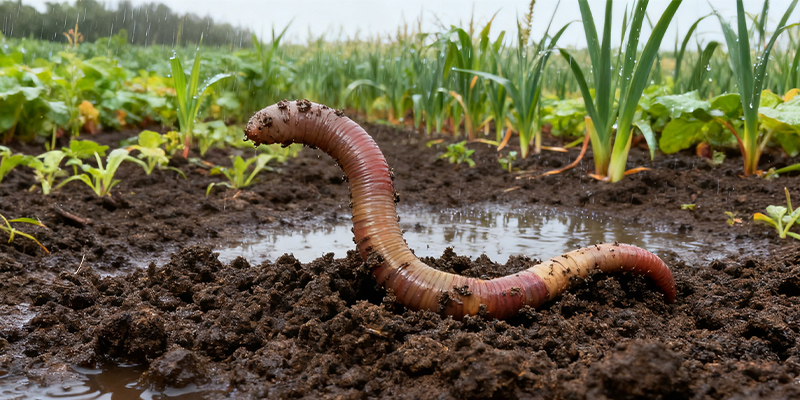
NO.1 The Critical Role of Earthworms in Soil Health
Earthworms serve as natural soil engineers, constantly working to maintain and enhance soil fertility through their feeding and burrowing activities. Their presence indicates a functioning, healthy soil ecosystem capable of sustaining high-quality crop production.
- Natural Soil Engineers: Earthworms dramatically improve soil structure through their tunneling activities, which create channels for air and water movement. This natural aeration reduces compaction and allows plant roots to penetrate deeper into the soil profile. Additionally, as they consume organic matter and mineral particles, they produce stable aggregates in their casts that resist erosion and improve water infiltration.
- Nutrient Cycling Powerhouses: These organisms excel at breaking down organic matter and releasing nutrients in plant-available forms. Earthworm casts are rich in nitrogen, phosphorus, potassium, and micronutrients—essentially serving as a complete, slow-release fertilizer package. Research has shown that worm casts contain beneficial microorganisms that further enhance nutrient availability to plants.
- Soil Conditioners: Earthworms naturally buffer soil pH through their digestive processes. Their casts typically have a more neutral pH compared to the surrounding soil, helping to counteract both acidic and alkaline conditions. This balancing effect creates a more favorable environment for most crops and beneficial soil organisms.

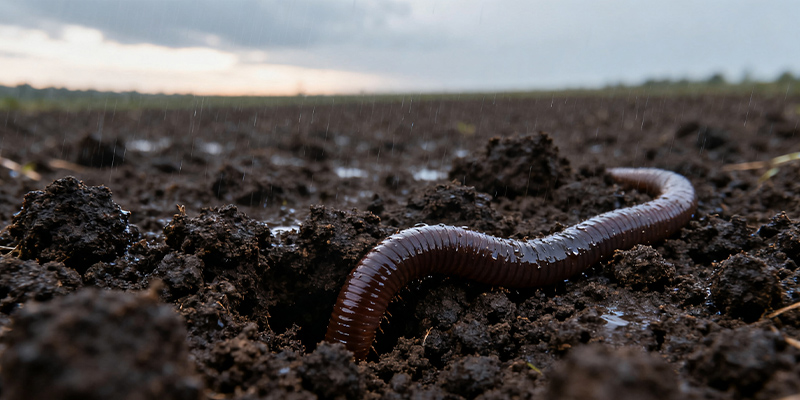
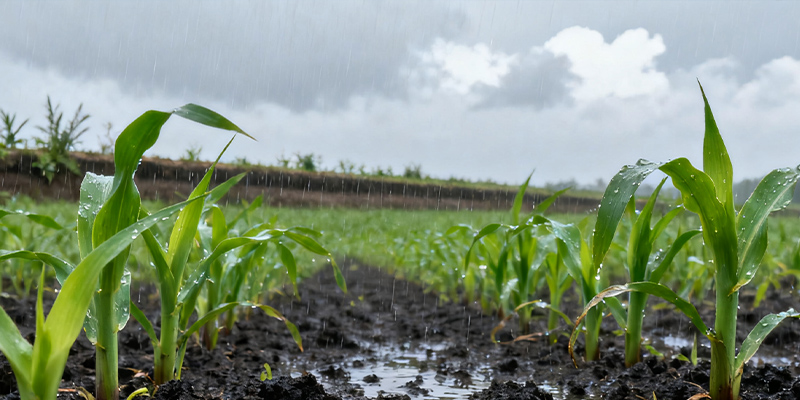
NO.2 Why Earthworms Are Disappearing from Agricultural Soils
The decline in earthworm populations directly results from modern agricultural practices that create hostile conditions for these sensitive organisms.
- Chemical Overload: Intensive use of synthetic fertilizers, particularly ammonium-based nitrogen fertilizers, creates acidic conditions that burn earthworms’ sensitive skin. Similarly, broad-spectrum pesticides and herbicides don’t discriminate between pests and beneficial organisms like earthworms. These chemicals either kill them directly or accumulate in their systems through contaminated organic matter.
- Physical Soil Disturbance: Conventional tillage practices destroy the delicate vertical burrows that earthworms construct. These burrows represent significant energy investment for the worms, and their destruction forces earthworms to either rebuild (consuming energy better used for reproduction) or perish. Repeated tillage also brings earthworms to the surface where they’re exposed to predators and harsh environmental conditions.
- Loss of Organic Matter: Monoculture cropping systems and the removal of crop residues starve earthworms of their primary food source. Without adequate organic matter, earthworms cannot sustain their populations and gradually disappear from the soil. The problem is compounded when fields lack diverse crop rotations that provide varied food sources throughout the year.
- Soil Compaction and Moisture Issues: Heavy machinery compacts soil, reducing pore spaces that earthworms need for movement and oxygen. This compaction also limits their access to deeper soil layers where they retreat during extreme surface conditions. Either scenario creates uninhabitable conditions for earthworm populations.
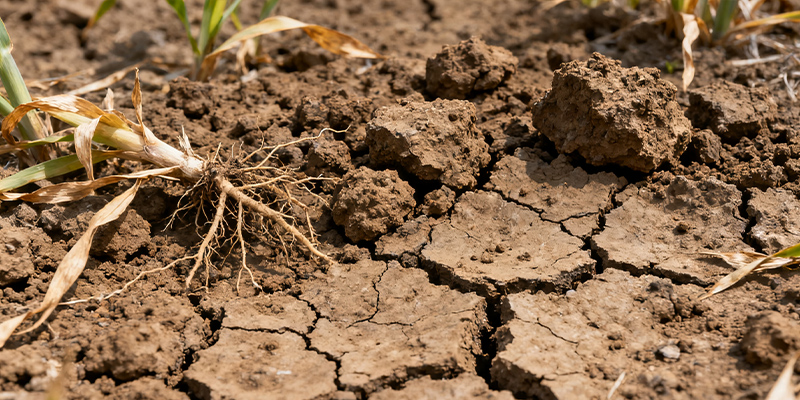
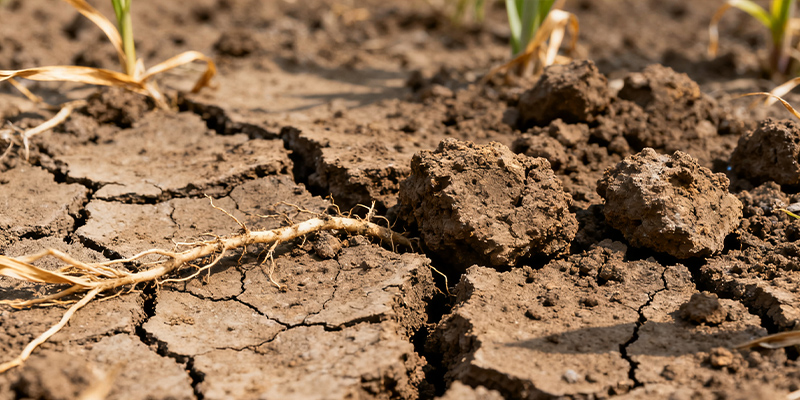
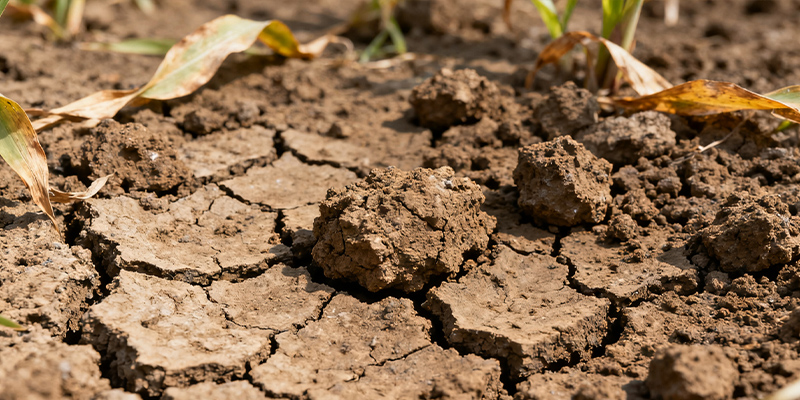
NO.3 Practical Solutions to Rebuild Earthworm Populations
Reversing the decline requires a systematic approach focused on restoring the biological balance of your soil.
- Transition to Organic Amendments: Gradually replace synthetic fertilizers with organic alternatives that feed both plants and soil life. Our Slow-Release Organic Fertilizer provides balanced nutrition without creating the salt buildup that harms earthworms. Additionally, our Microbial Bio-Organic Fertilizer introduces beneficial microorganisms that create a more favorable environment for earthworm establishment.
- Reduce Tillage Intensity: Adopt minimum tillage or no-till practices to preserve earthworm habitats. When tillage is necessary, use shallow implements that cause minimal disturbance to the soil structure. This approach protects the intricate network of burrows that earthworms create, allowing them to thrive and multiply.
- Increase Organic Matter Inputs: Regularly incorporate organic materials such as cover crops, compost, and crop residues. These materials serve as both food for earthworms and habitat for the microorganisms they consume. Diverse organic inputs support more diverse earthworm species that occupy different niches in the soil profile.
- Implement Biological Pest Management: Reduce pesticide usage by adopting integrated pest management strategies. Our Anti-Replant Microbial Inoculant helps control pathogens without harming beneficial organisms like earthworms. When chemical interventions are necessary, select products with short residual times and minimal soil activity.
- Maintain Proper Soil Moisture: Implement irrigation practices that maintain consistent soil moisture without waterlogging. Earthworms require moist conditions for respiration but cannot survive in saturated soils. Drip irrigation systems provide ideal moisture conditions while preventing the oxygen deprivation that forces earthworms to the surface.
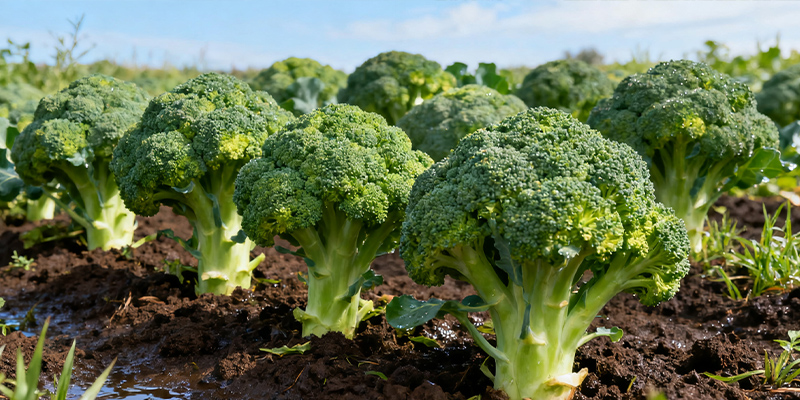


NO.4 Monitoring and Measuring Your Progress
Successful earthworm recovery requires ongoing assessment to ensure your management practices are effective.
- Regular Population Checks: Conduct seasonal earthworm counts by digging square-foot holes in various locations across your fields. Count both surface-dwelling and deep-burrowing species to get a complete picture of population recovery. Keep records to track changes over time and correlate them with management changes.
- Soil Health Indicators: Monitor related soil health parameters including aggregate stability, water infiltration rates, and organic matter content. Improvements in these areas often precede visible increases in earthworm populations and provide early feedback on your management practices.
- Plant Response Indicators: Observe crop performance for signs of improved soil health. Better drought resistance, more uniform growth, and increased nutrient efficiency often accompany recovering earthworm populations. These improvements translate directly to economic benefits through reduced input requirements and more stable yields.
Rebuilding earthworm populations requires patience and consistent implementation of soil-friendly practices. Within one to two growing seasons, you should begin to notice improved soil workability, better water management, and reduced fertilizer requirements—all signs that your underground workforce is returning to duty.
- References:
- University of California Agriculture and Natural Resources – Soil Health Guidelines
- Sustainable Agriculture Research & Education Program – Cover Cropping for Soil Health
- FAO – Conservation Agriculture Practices
- USDA Natural Resources Conservation Service – Soil Health Management
- Rodale Institute – Organic Transition Strategies
- Soil Health Partnership – Biological Integration Methods
For a complete selection of earthworm-friendly soil amendments and biological inoculants, visit our online store at shop.
If you are interested in this article, or have any questions that need to be answered, You can find us at any time through the chat icon in the lower right corner of the webpage. Of course, you can also check out our other social media (such as Linkedin) to learn more about us.
